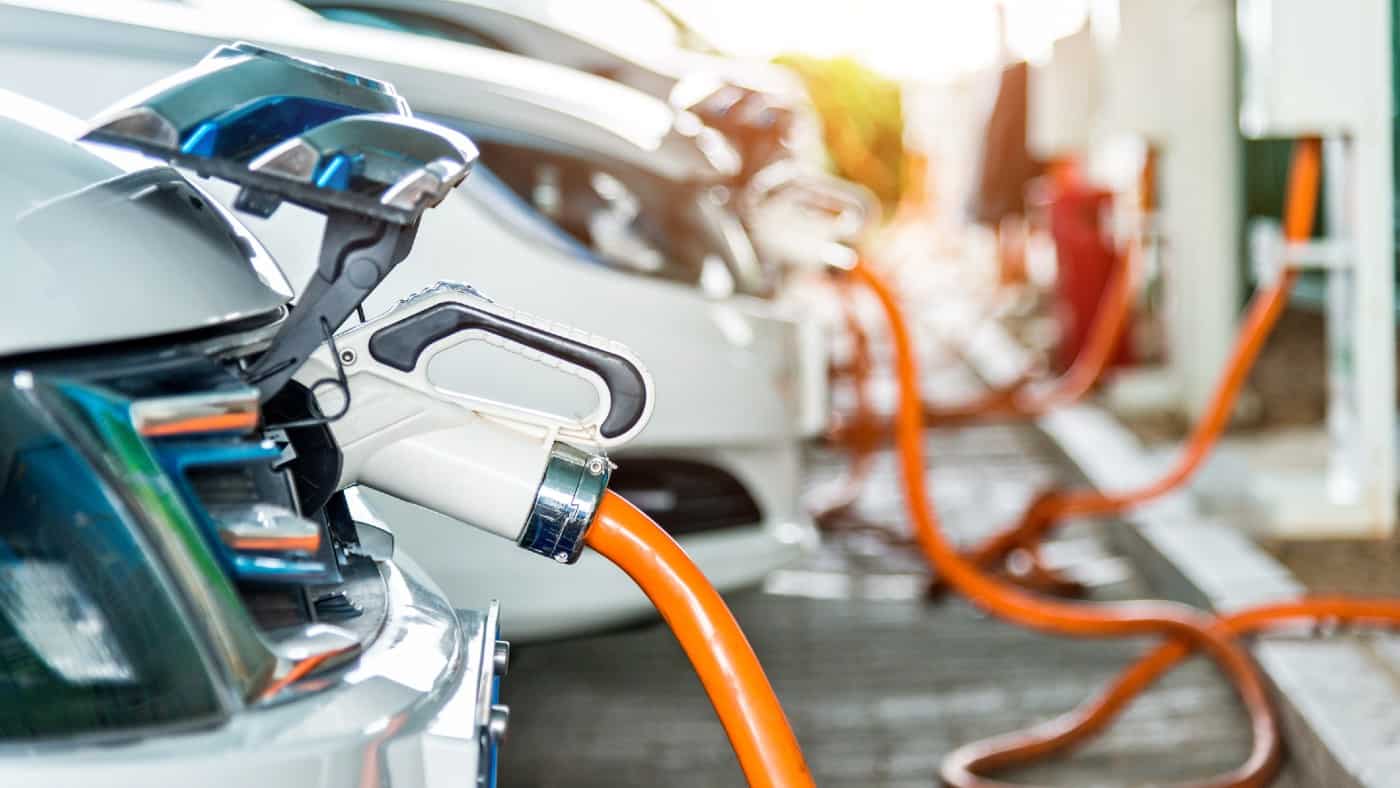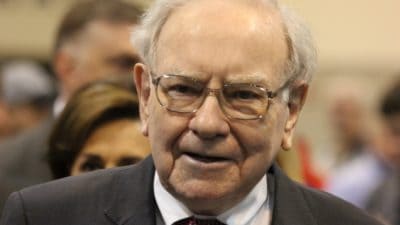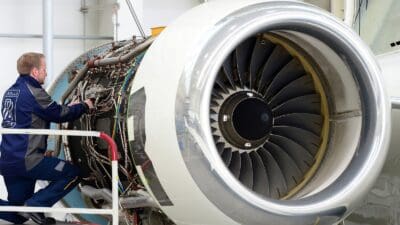Once upon a time EV shares were soaring. In fact, Tesla (NASDAQ: TSLA) managed to reach a valuation of over $1trn, while Rivian (NASDAQ: RIVN), a start-up that had no revenues, attained a valuation of more than $140bn. However, for now it seems investors think these valuations were excessive. Year-to-date, Tesla has sunk more than 40%. And Rivian stock has crashed an even more depressing 70% since last year’s IPO. Due to an excellent 2021, Tesla has still delivered a 24% return to shareholders in the past year. But after these short-term crashes, should I be buying either?
Tesla stock: an industry leader
Tesla has established itself as the leader in the EV industry, and this driven it to major success in the past few years. For example, in the first quarter, Tesla managed to deliver revenues of $18.7bn (a rise of 80% year-on-year) and net income of $3.3bn (a 658% uplift). These smashed expectations and highlighted the quality of the firm.
But Tesla hasn’t been immune to the uncertain macroeconomic environment in recent months. For example, last week, due to these economic concerns, Tesla boss Elon Musk said he had a “super bad feeling” about the economy and that the firm would have to cut its workforce by around 10%. Although this could help cut costs, it doesn’t bode well for the firm’s growth.
Further, due to the coronavirus situation in China, Tesla was forced to shut down its factory in Shanghai. This is likely to hurt delivery numbers this month, another sign that growth may be starting to slow.
Therefore, although Tesla remains the leader in the EV space, and demand continues to outpace production, there are too many risks for me to buy just yet. With a price-to-sales ratio of over 10 and a price-to-earnings ratio of around 100, I don’t believe these risks are fully reflected in the Tesla share price so I won’t be buying.
Rivian stock: a new and more exciting option?
It’s very difficult to compare Rivian to Tesla as both companies are at different stages of their life. For example, while Tesla is well-established and profitable, Rivian is only just starting on its revenue journey. But the future looks bright for the company. Indeed, as of May 9, the firm had over 90,000 pre-orders of its R1 model, alongside an order of 100,000 from Amazon. Rivian also has cash of around $17bn, which means it can absorb losses as it starts to ramp up production.
As with any start-up, there are many uncertainties, however. For example, in Q1, Rivian only generated $95m in revenue and its gross loss $502m. This is because the firm is producing a low volume of vehicles on production lines designed for higher volumes, and this leads to high labour and overhead costs. This means that there’s a lot more risk with Rivian stock than with Tesla.
But I feel the rewards could also be good. Indeed, the company expects to produce 25,000 vehicles in 2022 and this figure should continue to rise year-on-year. After its 70% decline, I may add a small slice of Rivian to my portfolio.








